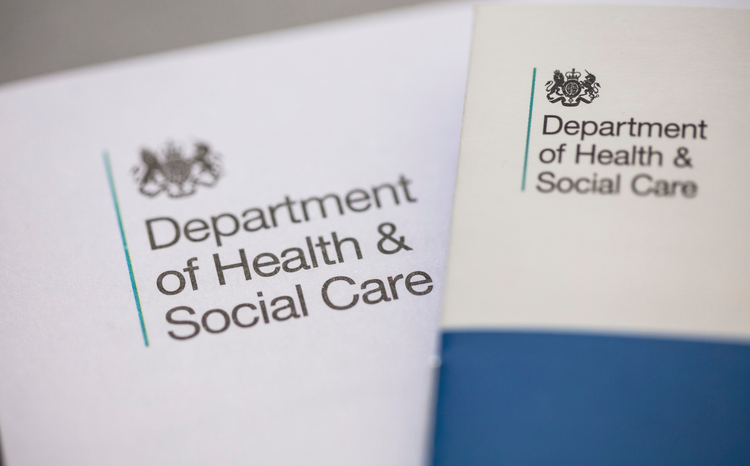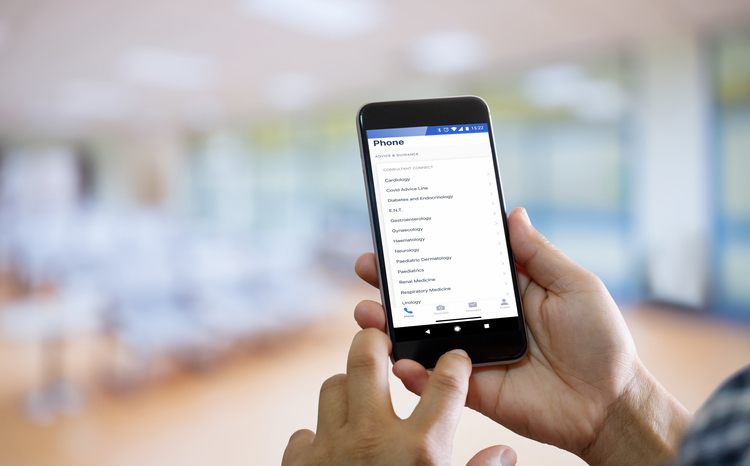Barriers to telehealth spelt out
- 10 August 2007
Barriers and possible solutions to the implementation of telecare and telehealth have been set out in latest advice from the government agency providing support for telecare.
The Care Services Improvement Partnership (CSIP) has listed more than 20 potential problems faced by organisations commissioning and integrating telecare into health, housing and social services.
Issues raised by telecare services around the country include lack of protocols for data sharing, problems developing charging policies for telecare, difficulty engaging health trusts and establishing the long-term cost-effectiveness of telecare and telehealth services.
EHI Primary Care understands that implementation problems vary significantly depending on the size and complexity of the organisations involved. For instance, county areas with a number of local telecare providers sometimes have challenges which do not exist in the same way in London boroughs and unitary areas where there is one local authority, one primary care trust and one telecare service provider.
CSIP says that the danger is that telecare and telehealth services will not be included in health, housing and social care services if they are excluded from commissioning plans because of lack of cost-effectiveness data or because they cannot relate to a local performance or savings target.
It advises organisations to review the evidence from evaluations that have already taken place while recognising that there are no definitive long term figures for savings yet as a lengthy implementation over several years with significant numbers of people to get statistical validity.
The DH’s long term system demonstrators launched this summer, covering a total population of 1 million people over two years, are hoped to provide better cost-effectiveness data with larger samplers and a focus on longer term impact such as hospital admissions. In the mean time CSIP says local authorities need to think carefully about why they would not include telecare and telehealth services within their future commissioning arrangements when 1.4million people already have telecare of some kind.
Later this month CSIP will publish 2006/7 returns from the Commission for Social Care Inspection (CSCI) CSCI returns showing the number of additional users benefiting from telecare in 2006/7 together with projections for the coming year and a breakdown of equipment and infrastructure spend.
CSIP adds: “Early indications suggest that targets set by individual local authorities in April 2006 were probably too high for the first year. However, sound overall progress is expected to be demonstrable within the first year’s returns particularly as many organisations have been setting up infrastructure prior to launching their services.”
Links
£12m awarded to three home telecare sites





